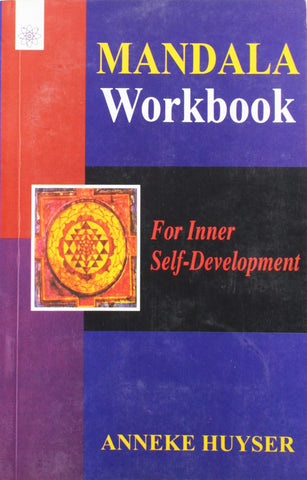Your cart is empty now.
The thesis of this book is epoch-making. While no one doubts that the Buddha denied the atman, the self, the question is: Which atman? Buddhism, as understood in the modern era, has taken this to be the universal atman taught in the Hindu Upanisads, equivalent to Brahman. However, what we find in the Buddha's words as recorded in the Buddhist scriptures is only a denial of any permanent self in the ever-changing aggregates that form a person. In decades of teaching, the Buddha had many opportunities to clearly deny the impersonal universal atman if that was his intention. He did not do so. The most serious objection to Kamaleswar Bhattacharya's thesis that the Buddha did not deny the universal atman may be put in the form of this question: Why, then, did Buddhists down through the ages think he did? Reply: Actually, they did not think this, as we can tell from their writings that refute the atman and teach the anatman or no-self doctrine. The idea of the atman as the impersonal universal atman did not become dominant in India until some time after the eighth century C.E. Before then, throughout the Buddhist period, the dominant idea of the atman in India was that of a permanent personal atman. Judging from their writings, the Indian Buddhist teachers from Nagarjuna to Aryadeva to Asanga to Vasubandhu to Bhavya to Candrakirti to Dharmakirti to Santaraksita thought that the Buddha's anatman teaching was directed against a permanent personal atman.
The late KAMALESWAR BHATTACHARYA was Directeur de Recherche at the Centre National de la Recherche Scientifique in Paris. This book was originally published in French as L'Atman-Brahman dans le Bouddhisme ancien in 1973, as volume 90 of Publications de l'Ecole francaise d'Extreme-Orient, Paris. The present book makes available for the first time an English translation of this essential work, completed under the author's direction before his death in 2014.
This book came into being by chance. I had intended, in fulfilment of a long-standing promise,' to write a book on Buddhism in ancient Cambodia. An encounter with a stanza on an inscription led me, however, to make a thorough study of the problem of the atman in Buddhism.
Does this problem actually exist? Does not Buddhism deny the atman? These are questions that may well be asked.
I have but one answer which I have tried to formulate in various ways in this book, on the basis, invariably, of a study of the Pali canon and of the Nikayas in particular, that is: the Buddha does not deny the Upanisadic atman; on the contrary, he indirectly affirms it, in denying that which is falsely believed to be the atman.
The one request I would make of such eminent scholars who have devoted their lives to the study of Buddhism is that they adopt a genuinely Buddhist attitude and read this book before saying, "That is impossible."
I must explain the particular structure of this book. Most of its chapters were presented between 1963-67, as annual reports of the Centre National de la Recherche Scientifique. In the course of time, these reports had undergone modification as regards their contents but I have, perhaps mistakenly, kept their original form. Most of the appendices derive from what were initially only notes. Sometimes (for example, with reference to the namarupa, Appendix IV), I do no more than give outlines of research which may have been done in detail.
To explain Upanisadic and Buddhist philosophy, I have had recourse, from time to time, to parallels with Western philosophy. The apparent similarities doubtless require deeper study, but I have no other aim here than that of rendering this exposition as comprehensible as possible. Besides, a number of the comparisons found here are those I tested with students at Brown University, Providence, Rhode Island, U.S.A. I should say here that the development of this work owes much to that teaching experience. My congenial and attentive students frequently opened new horizons to me with their comments.
I owe something to each one of the authors mentioned in this book and am especially indebted to those who have studied this problem before me, particularly, Hermann Oldenberg, Ananda Coomaraswamy and Sarvepalli Radhakrishnan. The works of T.R.V. Murti and K. Venkata Ramanam have aided me greatly in my comprehension of the Madhyamaka.
As far as possible I have refrained from bestowing a polemic character upon this book. I have concerned myself with saying what I have to say rather than with judging others and have mentioned no author for purposes of criticism except on points where this has seemed essential.
Had the conditions under which I have had to work been better, the result would certainly have been closer to the one dreamed of but there have been difficulties over consulting indispensable books. . . .
I am indebted to that excellent Sanskritist, Jeffrey L. Masson, who not only put his own library in Providence at my disposal but also obtained a great many essential Pali and Sanskrit texts from Harvard for me. I regret not having had access to a number of sources of secondary importance.
Alexander B. Griswold took the trouble to read the manuscript and his opinion was a crucial influence on the decision to publish this work. I offer him my heartfelt thanks.
Mention cannot be omitted of the fruitful interviews I had in Paris with Walpola Rahula Thera, Tripitakavagigvara-carya. Despite a divergence of opinion, he was kind enough to clarify a number of points for me.
I remember, with regret, three departed mentors: Louis Renou, Paul Mus and George Ccedes. All three followed my efforts with great benevolence, right from the inception of my research into the Sanskrit epigraphy of Cambodia. Where this present work is concerned it is to Louis Renou that most is owed. This great Indologist had no patience with "adventurous" spirits and it must be said that he received some of my first reports rather coldly. Yet it is a pleasure to remember how, after he had read the second chapter on Brahman (ch. II), he declared himself "convinced."
Once again, I should like to thank J. Filliozat, Director of the Ecole Francaise d'Extreme-Orient and, also, the Centre National de la Recherche Scientifique for all their help, without which this book would not exist.
Sample Pages


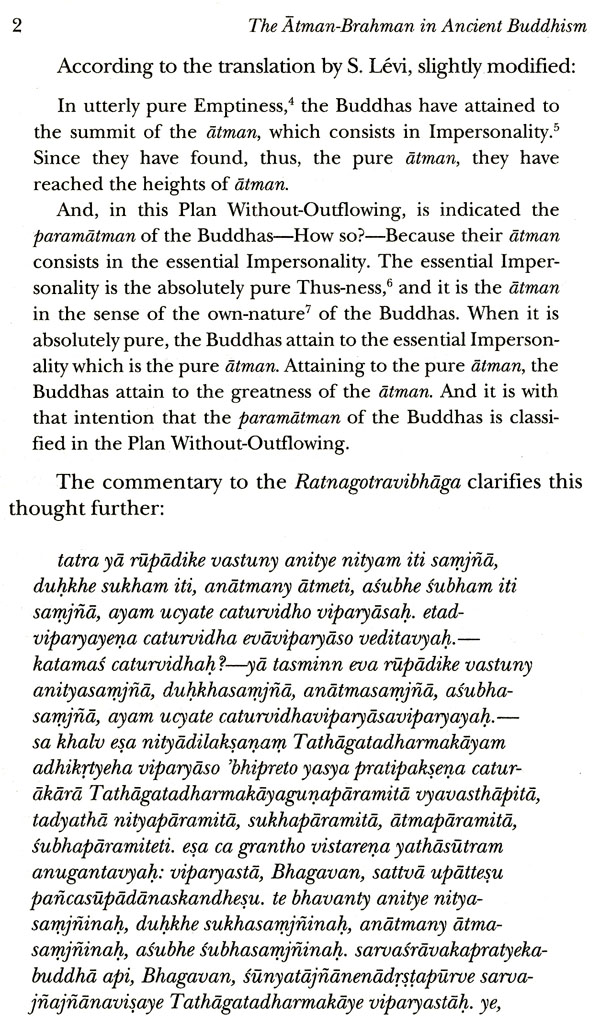
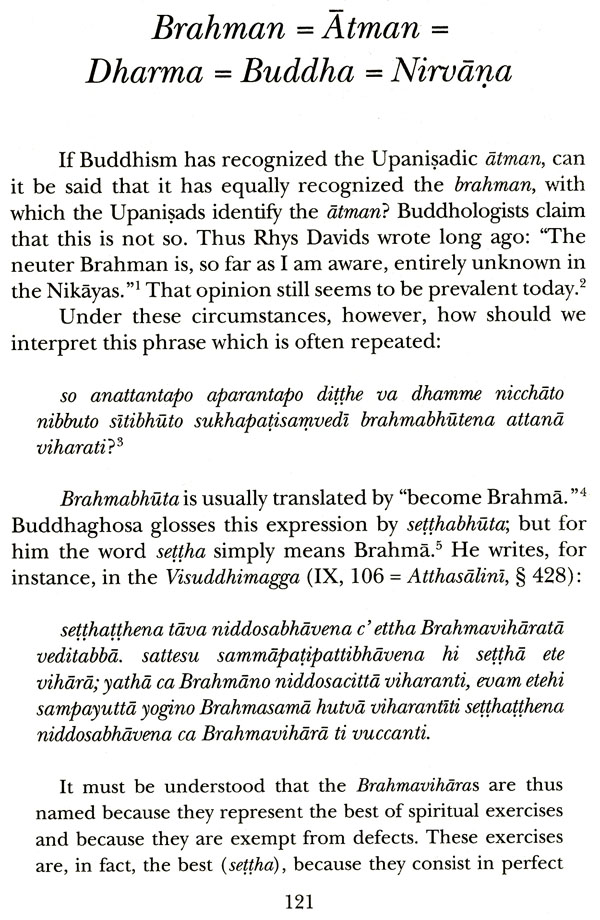

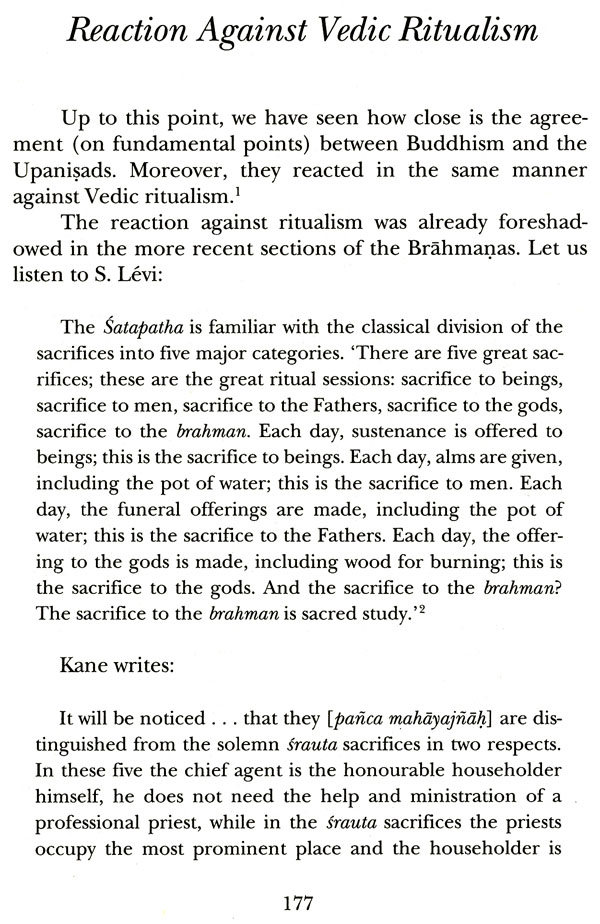

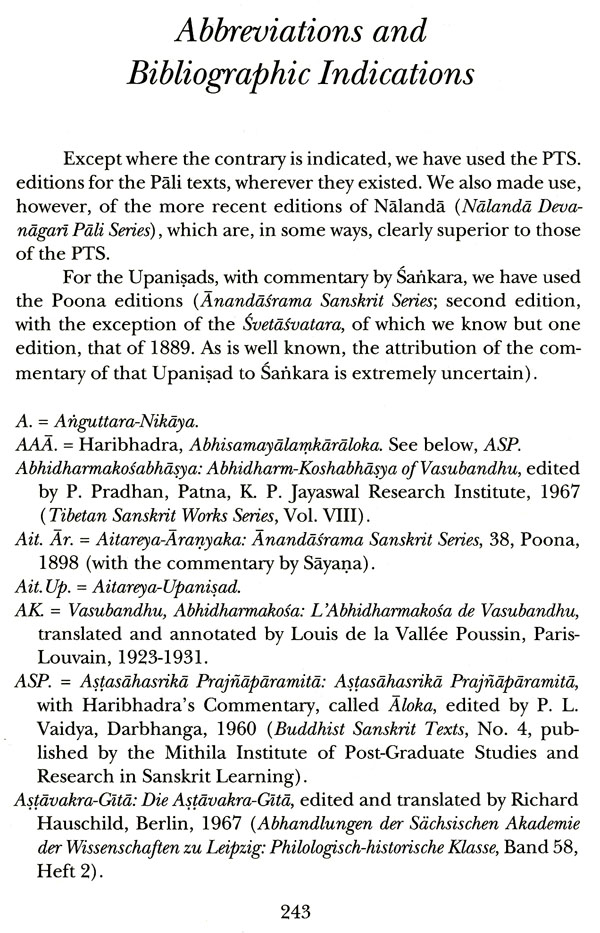
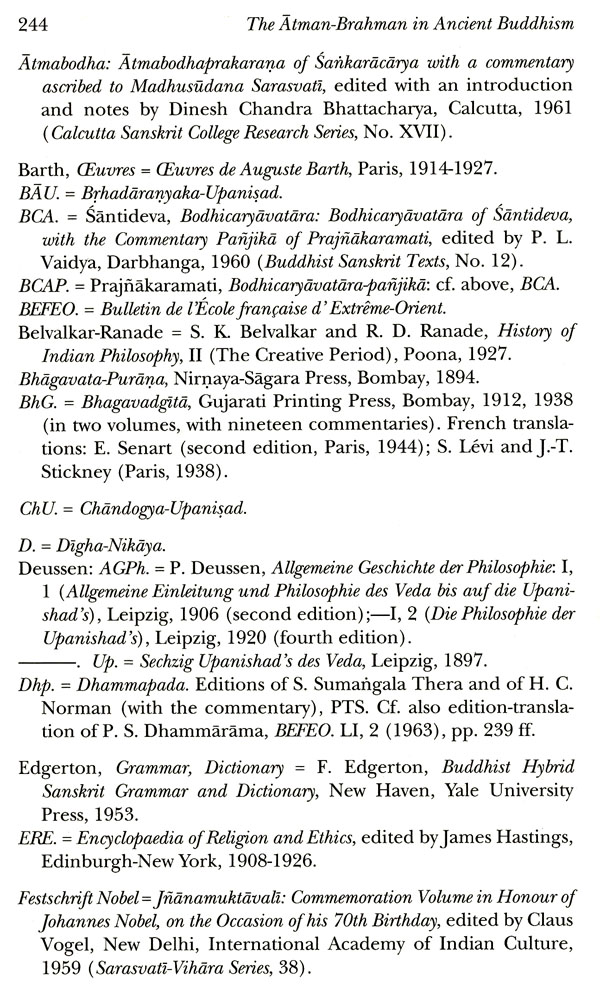
Delivery and Shipping Policy
- INTERNATIONAL SHIPPING
- Rs.1000-1100/kg
- ESTD. Delivery Time: 2-3 weeks (depending on location)
- Bubble Wrapped with Extra Padding
- NATIONAL SHIPPING
- NCR: Rs. 30/half kg
- Standard: Rs. 80/half kg
- Express shipments also available on Request
- ESTD. Delivery Time: Ranging from 1-4 days up to 7 business days (Depending on your choice of Delivery)
- TRACKING
- All orders; national or international, will be provided with a Tracking ID to check the status of their respective orders
- Depending on the Shipping Service, Tracking ID may be used on their respective tracking portals
Frequently Asked Questions (FAQs)
Domestic Shipping: 3-4 Days (after shipping)
International Shipping: 1-2 weeks (based on your location)
You will receive an email once your order has been shipped or you can email us if you didn't receive tracking details (info@mlbd.co.in)
Every book that we sell is the latest edition except all the rare books
Yes, we do provide free shipping, only on domestic orders (within India) above Rs.1500



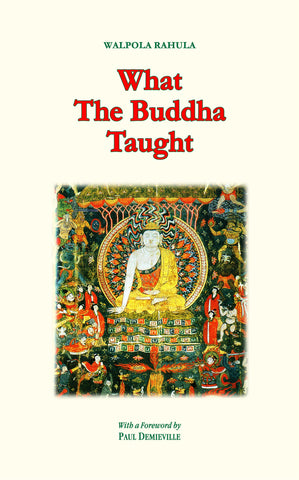
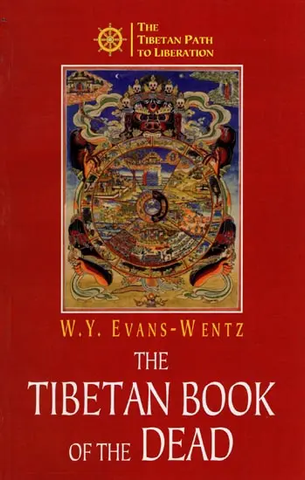
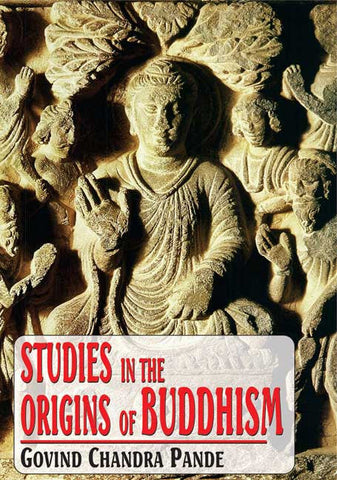
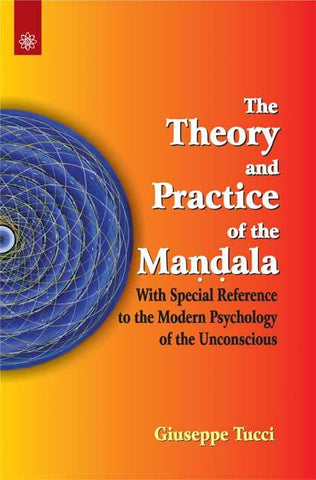
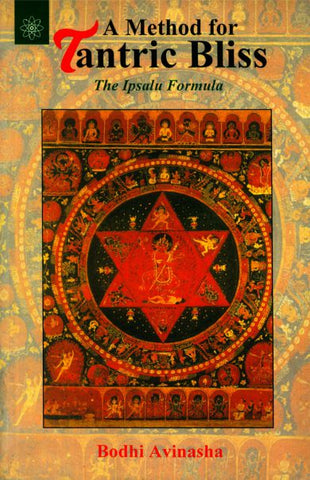
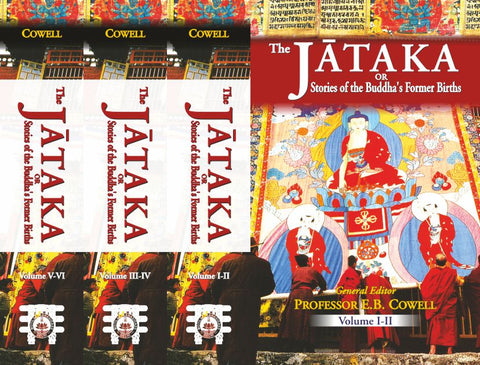
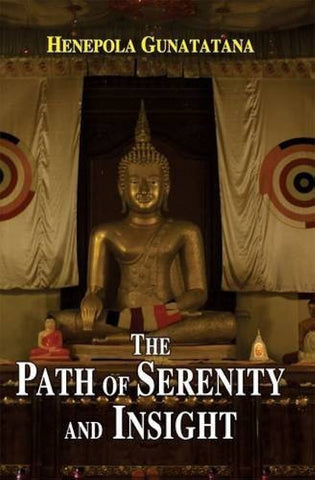
![The Rishukyo [Buddhica Britannica Vol.3]: The Sino-Japanese Tantric Prajnaparamita in 150 Verses (Amoghavajra's Version)](http://www.motilalbanarsidass.com/cdn/shop/products/RISHUKYO_large.jpg?v=1675417651)
